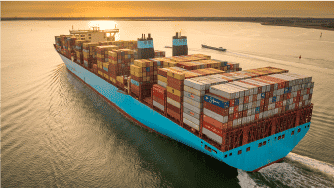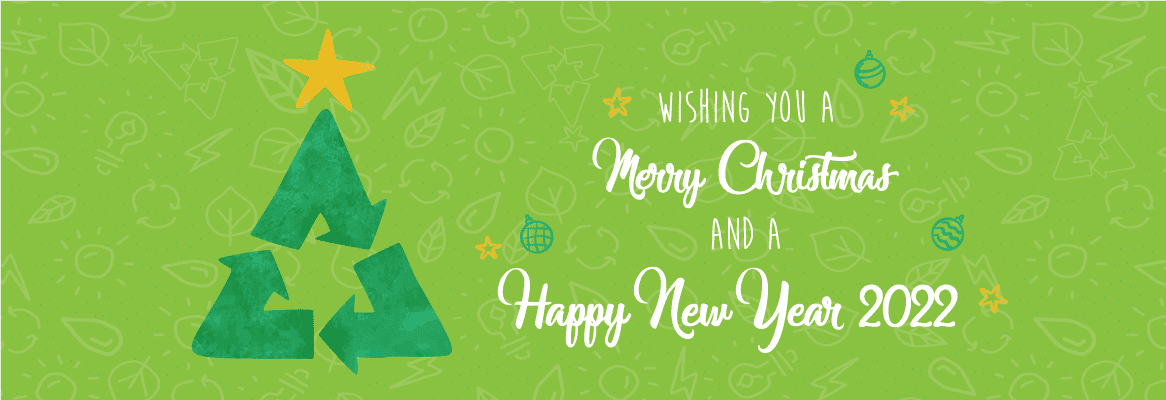Plastics are very bad for the environment
Plastics offer numerous benefits to the manufacturing industry, from making durable goods to cost-effective packaging solutions. They can be found in almost everything we consume. Unfortunately, they are made from non-renewable resource fuel such as oil and gas which contribute significantly to global warming. Most plastics made are non-biodegradable and if not recycled or disposed of properly, they may stay for ages in the environment, breaking down into microplastics and ultimately impacting wildlife as they are ingested.
It is estimated that over 14 million tons of plastics enter the marine environment every year, which represents 80% of all marine debris found from surface waters to deep-sea sediments (International Union for Conservation of Nature – IUCN, 2021). This is a cause of much concern because scientists have found microplastics in seafood, salt, beer and human stools. This means that the release of plastics in our oceans affects the food chain of both sea creatures and human beings. Unfortunately, the textile industry is a major contributor to this problem.

It is estimated that 150 billion garments are produced yearly, and each of the garment is packed in a plastic poly bag weighing around 9 grams. This result in 1.35 million tons of plastics used yearly to package apparel products.
How do we reduce the impact of plastic packaging in our industry?
We believe we can drastically reduce this impact by working on 2 aspects:
Choosing the right type of plastic (bio-degradable or not) depending on the availability of recycling facilities
Halving the quantity of plastic used per garment packed
Choosing the right type of plastic
Inspired by our mission to “accelerate the transition towards sustainable clothing,” we are committed to put sustainability at the heart of everything we do.
We have chosen to package this humble gift with a biodegradable plastic which means that if you are unable to find a proper recycling bin for plastics, it will not stick around in the environment but instead, degrade over time and leave no harmful residue.
675,000 tons of plastic
=

34,000 containers (40 ft)
Strategy to reduce plastic packaging
Aside from being a biodegradable plastic packaging, we also minimised the quantity of plastic used by optimising its thickness and folding dimension. We roughly halved the quantity of plastic used per garment! The savings per garment is around 4.5g This weight reduction may seem trivial. Nevertheless, when we extrapolate the savings in weight for the global garment production, the reduction in the use of plastic poly bag for T-Shirt packaging would be 675,000 tons of plastic yearly which is equivalent to around 34,000 containers (40 ft).
By choosing the right type of plastic packaging and reducing the quantity of plastic used in packaging, the textile and apparel industry will contribute significantly in minimising adverse environmental impacts.
Together, let’s contribute to solve the plastic problem!

